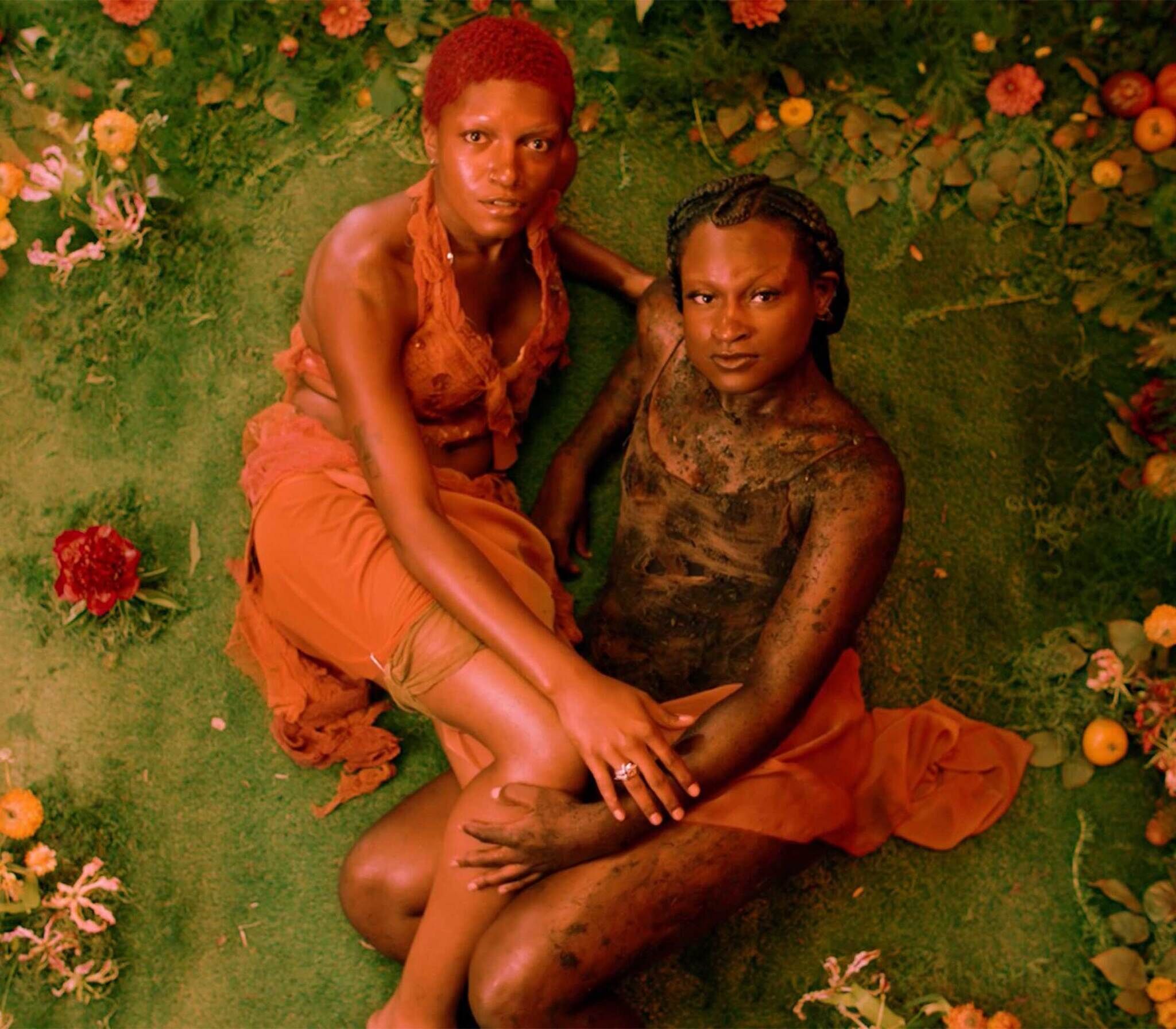Maja Ruznic
Maja Ruznic is an artist based in New Mexico. Born in Bosnia and Herzegovina, at nine years old she fled with her grandparents at the start of the civil war in April 1992. Later reunited with her mother, the two moved as refugees through Slovenia and Austria, finally settling in the U.S. with support from the International Rescue Committee. Her paintings reflect the trauma of this childhood experience and she cites Slavic mythology and Jungian philosophy as points of reference.
Ruznic’s larger than life painted figures inhabit expansive and mysterious landscapes that conjure the past and speak to the present. Working intuitively without reliance on sketches or photographs as reference, Ruznic often anchors the beginnings of her works with a dominant color. She considers the associations of colors with different periods in her life–“red with the present, green and yellow with childhood.” Building atmospheres layer by layer, she reflects on Carl Jung’s idea of a “shadow self”–a self composed of aspects of identity we attempt to repress. According to Ruznic, the layers in her painting reflect a visual effort to integrate the repressed and conscious self. She experiments with layering figures and colors toward an uncertain image–one that suggests multiple readings as we piece together relationships between figures and their environments.
Activities
How do you identify important moments in your life you'd like to preserve or share?Think back to a moment in your past when you felt safe, afraid, excited, or curious. Take a moment to describe what you remember of this experience in writing. You might begin with broader sensory elements like light and color or time of day/smell. You might also begin with language, recalling a conversation or dominant thought. Consider whether this experience had a lasting impression on who you are today.
Gather colored paper that reflects the time of day/atmosphere/feeling of the moment you described. Cut/tear/arrange these materials to reflect your memory of this experience/place. Your collage may be as detailed or broad as your memory. Perhaps a particular shape or form will dominate your picture. Perhaps some shapes will overlap to create new forms and images. Consider cutting out and adhering text from your initial reflections.
How do you use gesture and environment to tell a story visually?
Consider how you might describe a significant memory or experience using images of the people and place involved. How might you place the figures in relation to each other and their environment. What will their postures and expressions tell us about the scene? How will you shift the colors to relay the mood or feeling of this moment? Experiment with how a clear versus blurred or layered image may shift our impression of the overall narrative.

.jpg)
